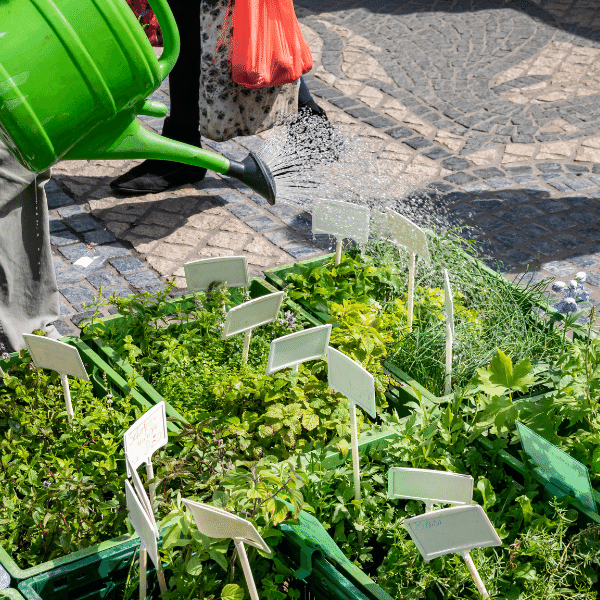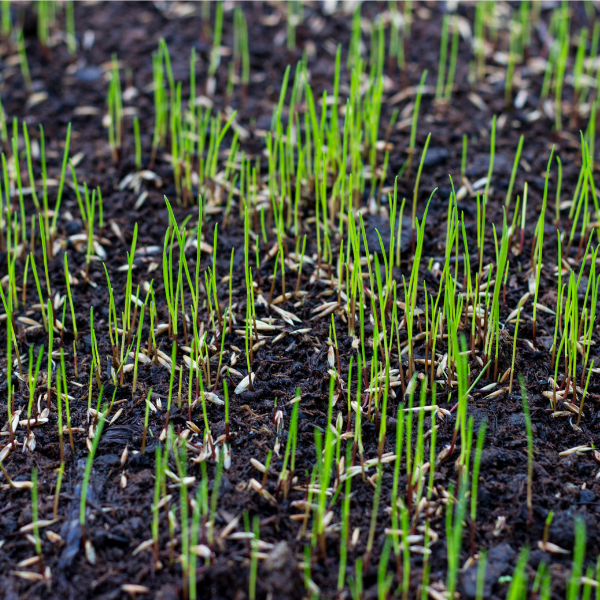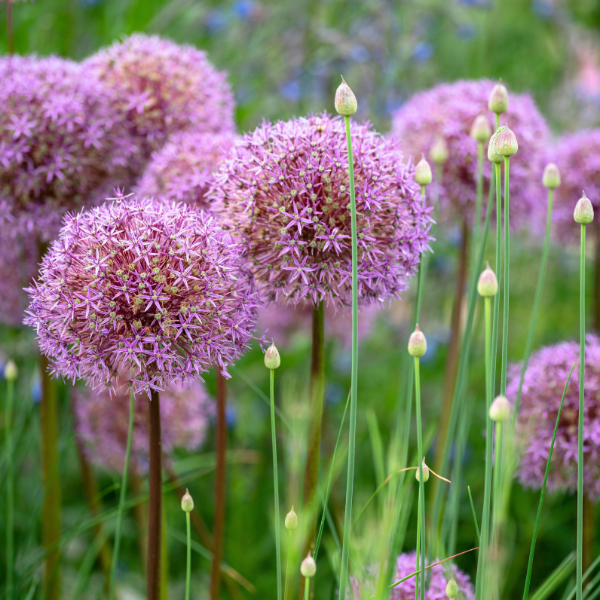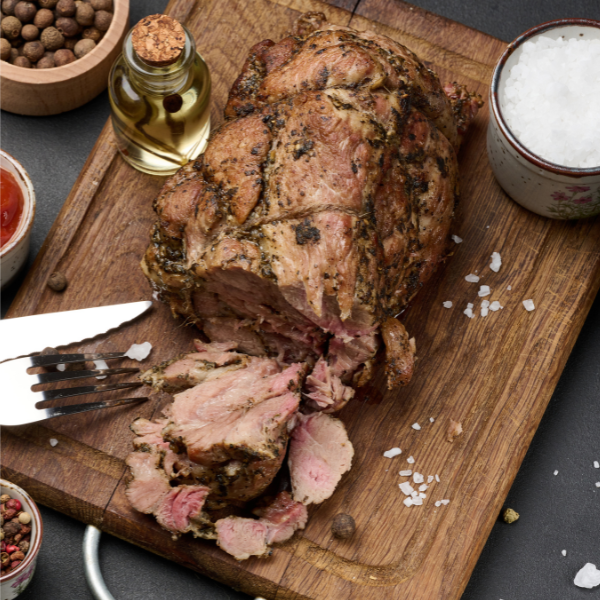Spring Lawn Care
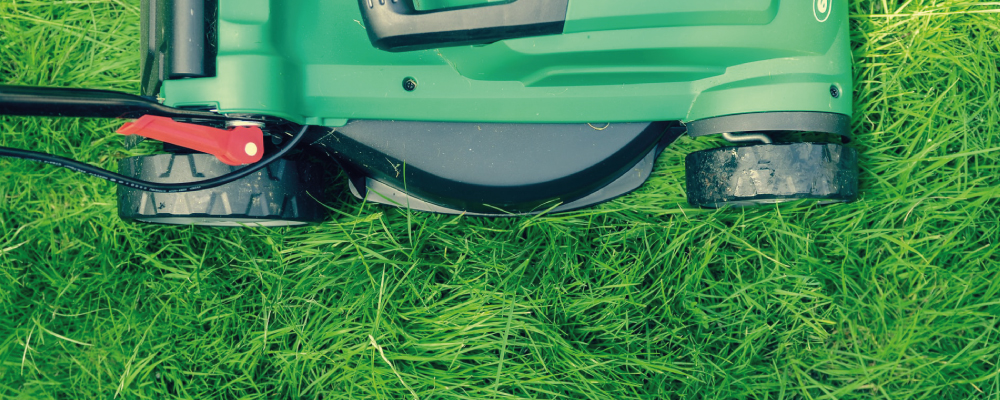
Step 1 - Removing weeds
Firstly check over your lawn and remove any perennial weeds such as daisies and dandelions by digging out with hand fork.
Be sure to get the whole root out.
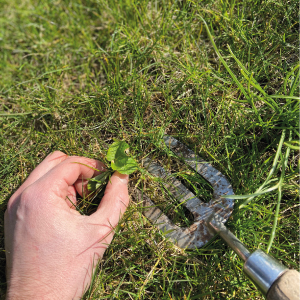
Step 2 - Aeration
Aerate consolidated areas of the lawn with a fork or with a spiking machine.
This helps to relieve compaction, improve drainage and allow more air into the root system leading to a healthier lawn.
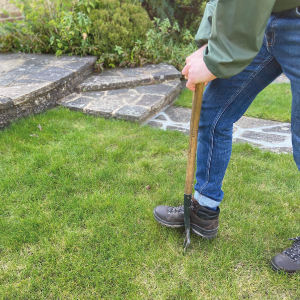
Step 3 - Scarification
Scarification helps to remove dead grass matter, roots and moss which can cause increased stress to the grass.
This can be done using a spring-tine rake by vigorously pulling the rake through the grass sward.
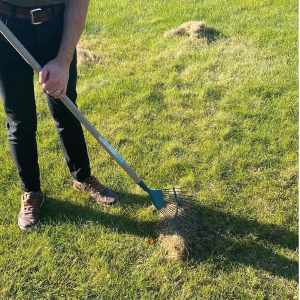
Step 4 - Preparing your lawn mower
Set the mowing height on a high setting so you take no more than one third off the length of the grass, Also check the blades are clean and sharp otherwise the blades will tear the grass.
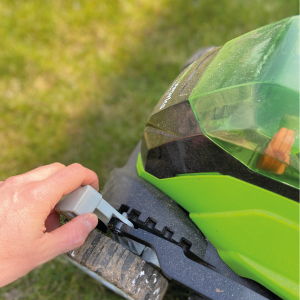
Step 5 - Mowing the lawn
Be sure to mow in straight lines and maintaining an even pace as you walk.
This time of year cutting the lawn little and often is recommended.
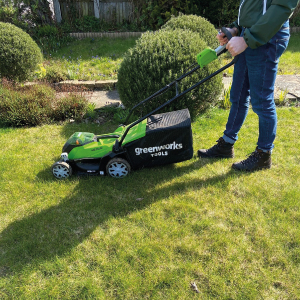
Step 6 - Trimming edges
A lawn always looks instantly tidier when the edges have been trimmed. Either use an electric strimmer or long handled edging shears. Nice neat edges
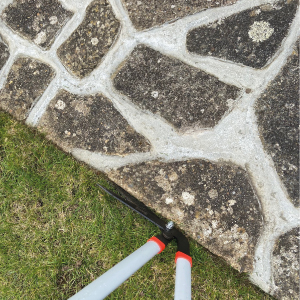
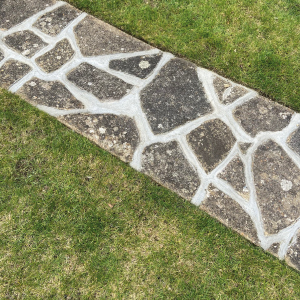
Step 7 - Feeding
It is essential that you feed your lawn during spring. The grass is growing rapidly and needs the correct nutrients to grow strong and healthy. Healthy plants mean a thicker, denser, greener lawn.

Step 8 - Over seeding
Depending on the wear and tear of your lawn has received over the previous months you may want to over seed the lawn in early spring. We recommends a mix of Lawn Seed with Lawn Topdressing brushed into the surface of the lawn. The seed will germinate and fill in any sparse or thinner areas.


 2,768 REVIEWS
2,768 REVIEWS


